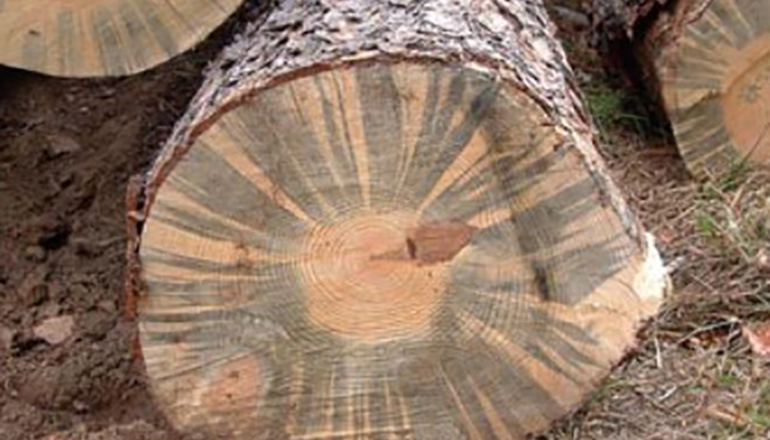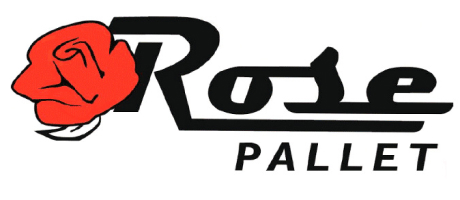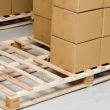Dying to Know What that Color Means on Your Pallet?
Brightly colored eggs are common this time of year as many families enjoy the tradition of dyeing and hiding them, but what about multi-colored pallets? If you’ve ever seen one with green, purple, or blue stains, you may be concerned. What exactly do those colors mean and should you avoid pallets with unusual coloring?

Oftentimes, discoloration on your pallets doesn’t mean a mold infestation. Rather, it could result from naturally occurring, non-biological defects that are harmless.
Decoding the Color:
Green/Purple – Lines or streaks of green or purple are naturally occurring mineral discolorations. This condition develops in wood sourced from trees rooted in mineral rich soil. Green is commonly seen in sugar maple wood species and purple may be noticed in yellow poplar.
Blue – Rather than mold, this color could be a result of bluestain, a type of fungi found in wood products that does not cause decay. Unlike mold, it is not airborne and it does not digest the wood cell wall, which means it has minimal impact on structural integrity.
Black – When steel wires, staples, nails, saw blades, or other iron or steel encounters wet wood, it can produce a dark stain. This is known as iron stain and it is the most common discoloration found on wood, including pallets. While unsightly, it is not dangerous to human health.
Gray – Hardwood species such as oak, beech, and maple can be affected by enzymatic discoloration (or a reaction of naturally occurring enzymes in living cells). The result of which is a grayish tone in sapwood.
Be aware, however, that mold does manifest in blue, green, yellow, grey, black, and white colors. If it’s mold, it will likely be soft, slimy, or damp to the touch. It may also have a rotten or musty smell. But, rather than panic, you can know for sure…
Don’t Hunt for an Answer
Contact us for a free assessment. We can help identify the source of discoloration on your wooden pallets, which will save you time, money, and unnecessary worry.












